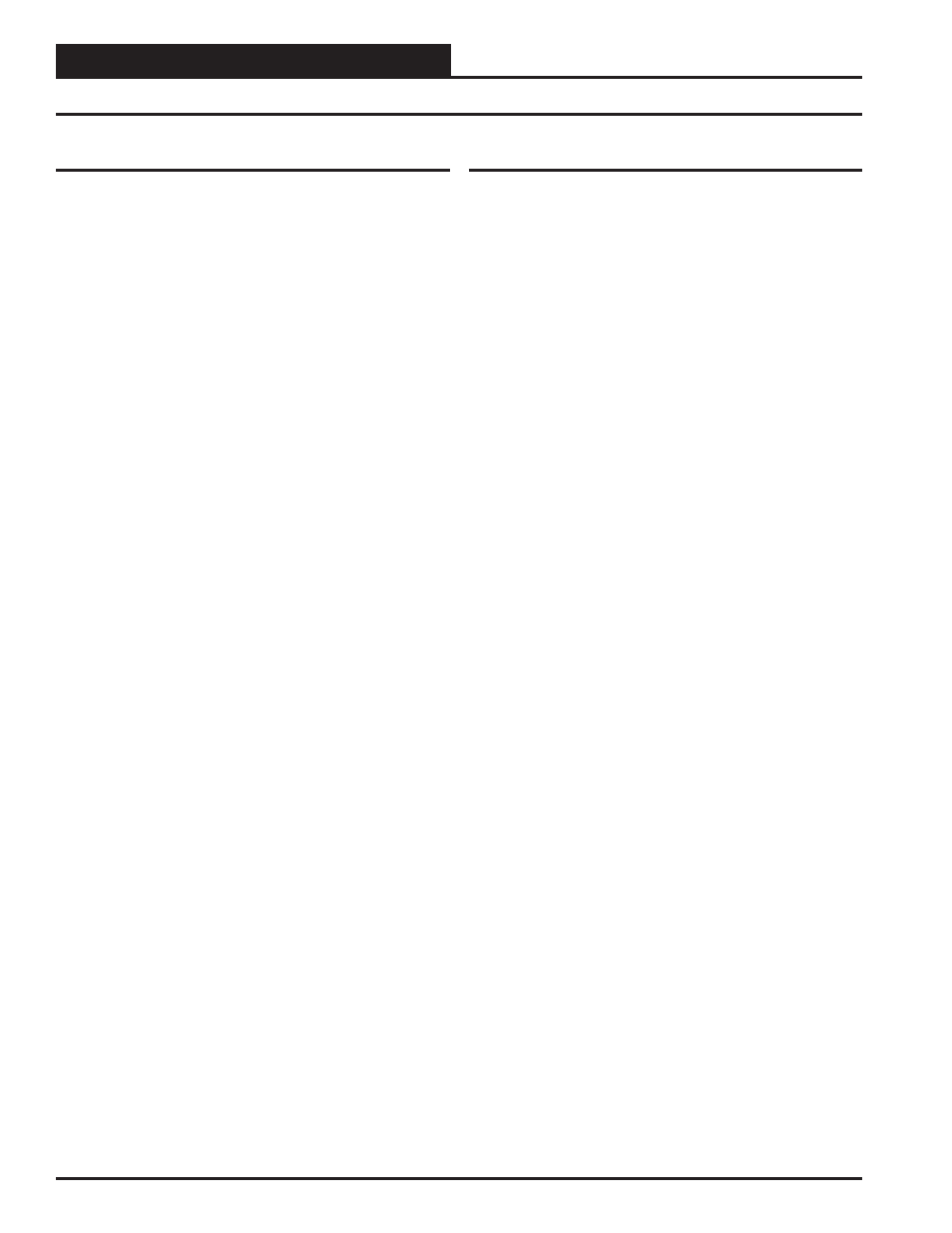Sequence of operation, Scheduling and internal trend logging – Orion System RNE Modular Controller User Manual
Page 68

Zone
Zone
SEQUENCE OF OPERATION
RNE Modular Controller Field Technical Guide
68
Internal Trend Logging
The RNE Controller continuously maintains an Internal Trend Log,
which records a fi xed set of values at a user-programmed interval.
These values can be retrieved only with the Prism 2 Computer Front-
End Software. If you do not have a computer with Prism 2 Software
installed and connected to the system communications loop, you do not
have access to these logs.
There are 120 log positions available. Once the last (120th) position
has been recorded, the log jumps back to the fi rst position and begins
overwriting the old data. This means the you will need to retrieve the
logs at an interval that is shorter than the duration of the last 120 logs
Shown below are some log intervals and the duration of 120 logs.
1 minute interval = 2 hours
12 minute interval = 24 hours
15 minute interval = 30 hours
30 minute interval = 60 hours
60 minute interval = 120 hours
The fi xed items in the log are listed below:
Date
Time
Mode (Status Bits)
Return Air Temperature
Outdoor Air Temperature
Supply Air Temperature
Supply Air Temperature Setpoint
Coil Suction Temperature
Outdoor Air Dewpoint
Indoor Air Humidity
Duct Static Pressure
Building Static Pressure
Economizer Signal Percentage
Supply Fan VFD/Zoning Bypass Damper Signal Percentage
Exhaust Fan VFD/Exhaust Damper Signal Percentage
Modulating Heat Signal Percentage
Modulating Cooling Signal Percentage
Space Temperature
On Board Relay Status (Bit Pattern)
Expansion Module Relay Status (Bit Pattern)
Head Pressure
Condenser Fan Signal Percentage
Outdoor Air CFM
Supply Air CFM
Return or Space CO
2
MODGAS Module Signal Percentage
Modulating Hot Gas Reheat-X Module Signal Percentage
These items and values are explained in greater detail in the Prism 2
Computer Front-End Software Technical Guide.
Scheduling and Internal Trend Logging
Scheduling
The RNE Controller has an internal power source for the Real Time
Clock (RTC) that allows the controller to keep the time and accurately
control scheduling. It can also broadcast the time to the VAV/Zone
Controllers if that option is confi gured.
The RNE Controller has an internal 7-day Schedule with 2 Start/Stop
Events per day. You can also have 1 Holiday Schedule with 2 Start/
Stop Events per day. This Holiday Schedule can be used for 14 differ-
ent Holiday periods.
You can change the time on the RNE Controller through the Modular
Service Tool, Modular System Manager, or the System Manager TS.
You can also broadcast the time and date to all RNE Controllers by us-
ing a Personal Computer and the Prism Computer Front-End Software.
The Internal Scheduling in the RNE Controller also includes a Self-
Teaching Optimal Start Routine that can be activated by entering a value
of 1.0 or greater for the Soak Multiplier Setpoint. The Optimal Start func-
tion can only be used if your RNE Controller has a Space Temperature
Sensor installed and it is being used as the Controlling Sensor or if you
are using WattMaster VAV/Zone controllers with the RNE Controller.
No adjustments other than the Soak Multiplier are required because
the RNE Controller monitors how long it takes to reach the Target
Temperature each day and adjusts the Starting Time accordingly. That
means the fi rst day you operate your HVAC unit, it will not be able to
Optimally Start because it does not have a history of previous Starts and
their results. After the fi rst day, the RNE Controller will begin adjusting
the Start Time, and after six Normally Scheduled Starts have occurred,
the Optimal Start Routine will have gathered enough data to provide an
accurate Pre-Start based on the learned conditions. This is an ongoing
learning process of the six previous starts, so the unit automatically ad-
justs for the changing seasons. If you don’t need this feature, but you are
using the Space Temperature Sensor as the Controlling Sensor, you can
set the Soak Multiplier to zero to eliminate the Optimal Start Routines.
